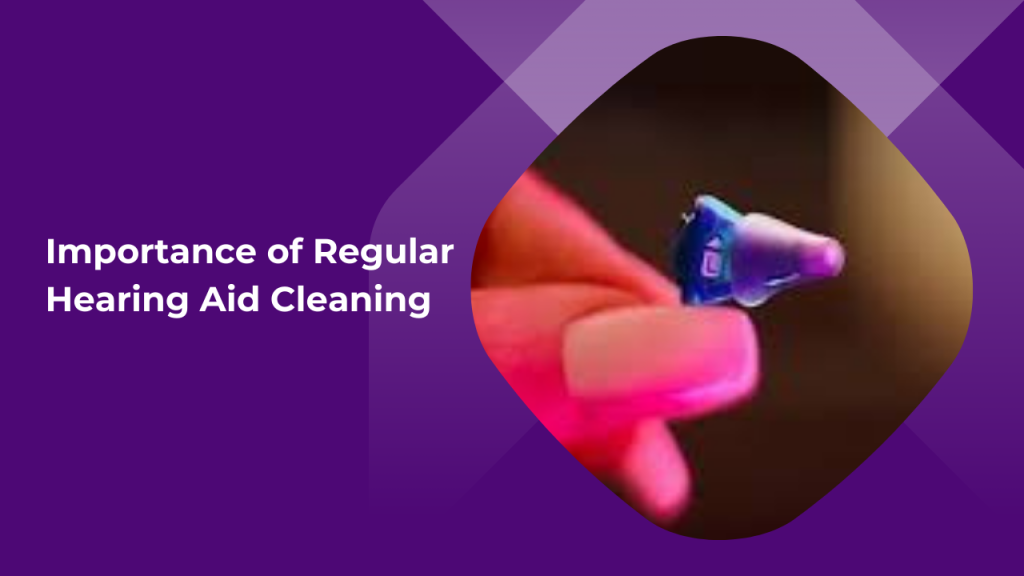Hearing aids are designed to enhance auditory experiences, but sometimes, they can inadvertently lead to headaches. Understanding the reasons behind this phenomenon is key to alleviating discomfort and ensuring a positive hearing experience.
How Your Brain Adapts to New Sounds: The Adjustment Period
When you first start using hearing aids, your brain must adapt to the new sounds being amplified. This adjustment period can be challenging as your auditory system becomes accustomed to processing enhanced sound levels. Initially, the influx of sounds can be overwhelming, causing sensory overload that might manifest as headaches. Over time, as your brain adjusts to these new auditory signals, the discomfort should diminish, but the process can be uncomfortable.
The Role of Volume Settings: Striking the Right Balance
Volume settings play a crucial role in how comfortable your hearing aids are. If the volume is set too high, it can lead to auditory strain, which in turn can cause headaches. Conversely, if the volume is too low, you may strain your ears by making an effort to hear, which can also result in discomfort. It’s essential to find a balance that allows you to hear clearly without overloading your auditory system.
Pressure Points and Fit: Physical Discomfort Leading to Headaches
The physical fit of your hearing aids is another important factor. If the devices do not fit properly, they can create pressure points around the ears, leading to tension headaches. Poorly fitting hearing aids can press on sensitive areas, cause soreness, or even contribute to ear infections, all of which can exacerbate headache symptoms. Ensuring a proper fit is vital for both comfort and effective hearing aid function.
Recognizing the Signs: When Your Hearing Aids Might Be the Culprit
Identifying whether your headaches are related to your hearing aids requires careful observation and tracking.
Identifying the Symptoms: Differentiating Hearing Aid-Related Headaches
Headaches caused by hearing aids may differ from other types of headaches in their onset and location. They often occur shortly after putting on the devices and are typically localized around the ears or temples. Symptoms might include a dull ache or pressure that intensifies with prolonged use. Differentiating these headaches from other types can help in diagnosing the issue accurately.
Tracking When and Where: Patterns That Can Help You Understand the Cause
Maintaining a headache diary can be incredibly useful. Note the times when headaches occur, how long they last, and any correlating factors, such as the duration of hearing aid use or specific settings. By tracking these patterns, you can identify whether there is a direct link between your hearing aids and your headaches, and adjust accordingly.
Common Misalignments: How Improper Fit Contributes to Headaches
Improperly aligned hearing aids can create significant discomfort. If the hearing aids are too tight or too loose, they can cause unnecessary pressure or movement, both of which can lead to headaches. Ensuring that your hearing aids are correctly aligned and comfortably seated can prevent these issues.
Adjusting for Comfort: Practical Tips to Minimize Headaches
Making adjustments to your hearing aids can significantly improve your comfort and help reduce headaches.
Customizing Your Hearing Aid Fit: Ensuring a Snug but Comfortable Fit
A custom fit is essential for preventing headaches caused by physical discomfort. Consult with your audiologist to ensure that your hearing aids are adjusted to fit your ears properly. Custom earmolds or fittings may be necessary to provide a snug yet comfortable fit, reducing pressure and potential sources of headaches.
Volume and Sound Settings: Finding the Optimal Level for Your Comfort
Fine-tuning the volume and sound settings on your hearing aids can alleviate discomfort. Start with lower settings and gradually increase the volume to a level that is comfortable without being overwhelming. This approach helps to reduce the risk of auditory strain and associated headaches.
Using Accessories: Cushions and Covers to Reduce Pressure Points
Consider using accessories such as soft cushions or covers for your hearing aids. These can help distribute pressure more evenly and reduce the impact on sensitive areas around the ears. These small adjustments can make a significant difference in your overall comfort.
Regular Maintenance: Cleaning and Servicing to Prevent Discomfort
Regular maintenance is crucial for preventing issues that could lead to headaches. Clean your hearing aids regularly to prevent the buildup of wax and debris that can affect their fit and function. Schedule routine check-ups with your audiologist to ensure that your hearing aids are in good working condition and properly adjusted.
When to Seek Professional Help: Knowing When It’s More Than Just a Headache
If headaches persist despite adjustments and comfort measures, it may be time to seek professional help.
Consulting with Your Audiologist: Adjustments and Modifications for Relief
An audiologist can provide expert advice and make necessary adjustments to your hearing aids. They can help fine-tune the settings, address fit issues, and ensure that the devices are optimized for your hearing needs. Consulting with a professional can help resolve persistent discomfort and ensure that your hearing aids are functioning correctly.
Exploring Advanced Options: Newer Hearing Aids with Improved Comfort Features
Advances in hearing aid technology have led to the development of models with enhanced comfort features. These may include improved ergonomics, advanced noise-cancellation technologies, and customizable settings designed to minimize discomfort. Exploring newer models might provide a more comfortable solution if current devices are causing issues.
Considering a Hearing Aid Break: Temporary Relief to Avoid Long-Term Issues
If headaches continue despite all efforts, consider taking a temporary break from using your hearing aids. This can provide relief and help you determine if the devices are indeed the cause of your headaches. During this period, monitor your symptoms and consult with your audiologist to explore alternative solutions.
Long-Term Solutions: Preventing Headaches and Enhancing Your Hearing Aid Experience
Implementing long-term strategies can help prevent headaches and enhance your overall experience with hearing aids.
Building Tolerance Over Time: Gradual Increases in Wear Time
Gradually increasing the amount of time you wear your hearing aids can help your brain and body adjust more comfortably. Start with shorter periods and slowly extend the wear time as you become more accustomed to the devices. This gradual approach can help minimize initial discomfort and prevent headaches.
Incorporating Relaxation Techniques: Easing the Transition to Regular Use
Incorporate relaxation techniques such as deep breathing or meditation to help manage stress and ease the transition to regular hearing aid use. Reducing overall stress can positively impact how you experience hearing aids and help mitigate headache symptoms.
Staying Informed: Keeping Up with the Latest Hearing Aid Technologies and Innovations
Stay informed about the latest advancements in hearing aid technology. New innovations often include features designed to improve comfort and reduce issues like headaches. By keeping up with technological advancements, you can ensure that your hearing aids remain effective and comfortable.



